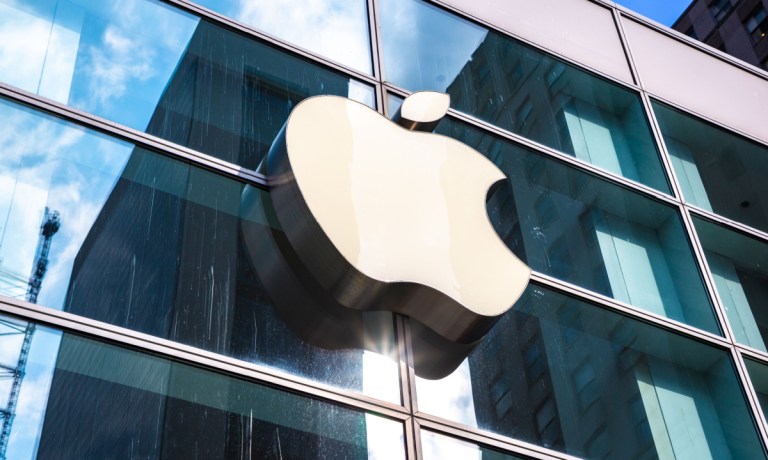
Apple reportedly offered to let competitors access its tap-to-pay mobile wallet system.
The agreement could mean the end of a European Union antitrust case and help Apple avoid a steep fine, Reuters reported Tuesday (Dec. 12) citing unnamed sources.
The EU last year charged Apple with blocking rival’s access to near-field communication (NFC), the technology powering tap-to-pay systems, thus making it harder for these companies to launch competing services on Apple devices.
The European Commission will likely solicit feedback next month from Apple’s rivals and customers before it decides to accept the tech giant’s offer, the report said.
PYMNTS has contacted Apple for comment but has not yet received a reply.
Both Apple and Google’s use of NFC has drawn the attention of regulators on both sides of the Atlantic.
In September, the Consumer Financial Protection Bureau (CFPB) published a report examining the impact Apple and Google’s outsized market share in mobile device space could have on the growth of open and decentralized banking and payments.
With cash use waning and digital payments increasing, Apple and Google’s dominant market share has “turned them into de-facto gatekeepers around certain mobile-based payment innovations,” PYMNTS wrote, especially NFC technology.
CFPB Director Rohit Chopra said at the time that these tech giants have “crept into the payments ecosystem,” and that his agency, the U.S.’s main consumer watchdog, is “carefully evaluating Big Tech’s role.”
“We know that the existing financial market structure is full of chokepoints and toll booths imposed by large firms acting as mini-governments that can privately regulate markets and distort outcomes, particularly when it comes to payments,” Chopra added.
PYMNTS has examined the rise of tap-to-pay in conversations with various industry experts, including PayPal Head of Product for Microbusiness Ed Hallett, who said in June that “tap-to-pay is going to change the payments industry.”
“Looking back 15 years ago, there was an equivalent innovation cycle within card payments around mobile [point of sale (POS)],” he explained. “… You had a real push to unlock large portions of the [small- to medium-sized business (SMB)] space who previously didn’t take card payments. They were now able to provide that capability.”